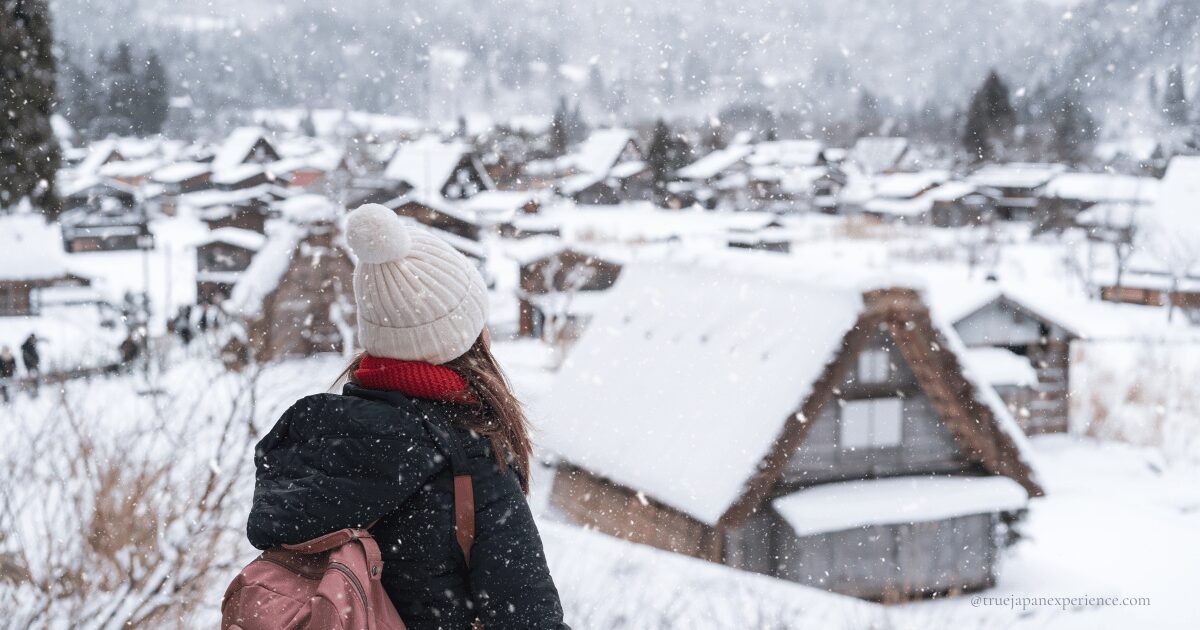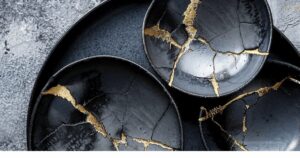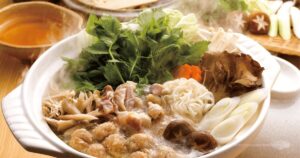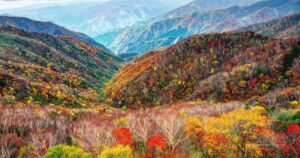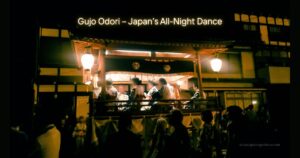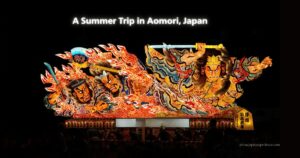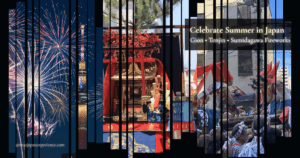Japan is a wonderful place to visit in winter. In this guide, learn about Japan winter weather, clothing advice, and what to wear to enjoy the season.
Winter in Japan means cold days, bright blue skies, snowy mountains, warm food, and beautiful holiday lights. Many travelers come for skiing or to see famous snow festivals. But Japan also has mild, sunny regions even in winter.
This article will help all tourists—whether from cold or warm countries—enjoy their stay during Japan’s chilly season.
Japan Winter Weather
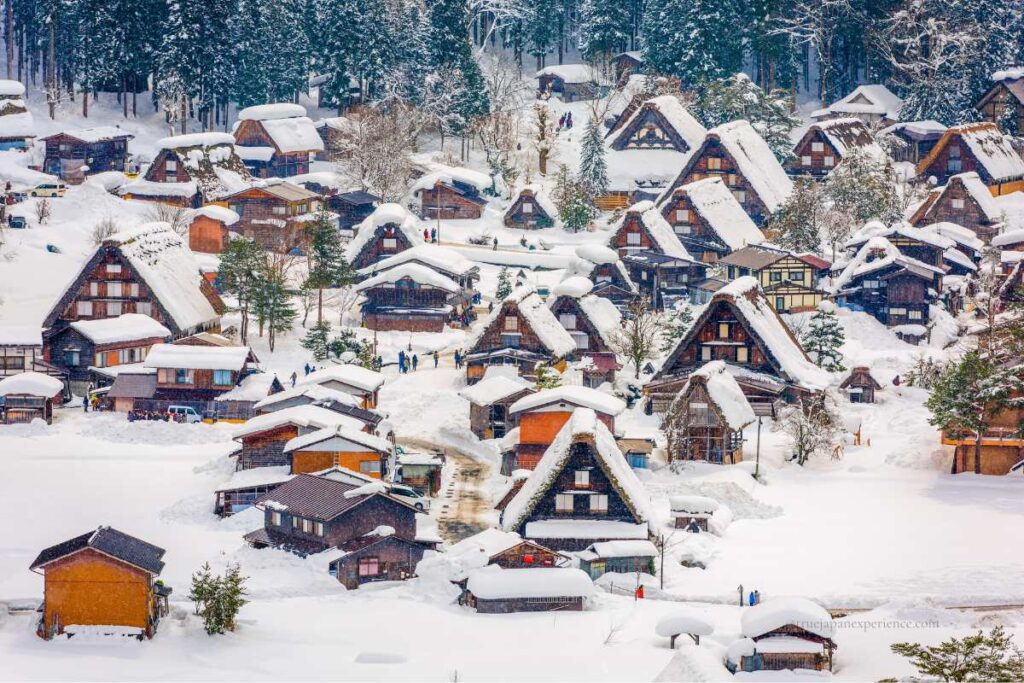
Winter in Japan lasts from December to February. The coldest time is usually January, but all three months are chilly in most areas. The wind can feel sharp and the mornings are especially cold.
Japan winter weather is different from place to place—some areas see snow almost every day, while others are sunny and dry with little snow at all.
In large cities like Tokyo or Osaka, the weather is cold but not freezing.
Tokyo has temperatures of about 2–12°C (35–54°F) in winter. Morning and night can be close to 0°C (32°F), especially in January. Osaka is a little warmer, but similar. There is little snow in these big cities, just cold air and sunshine.
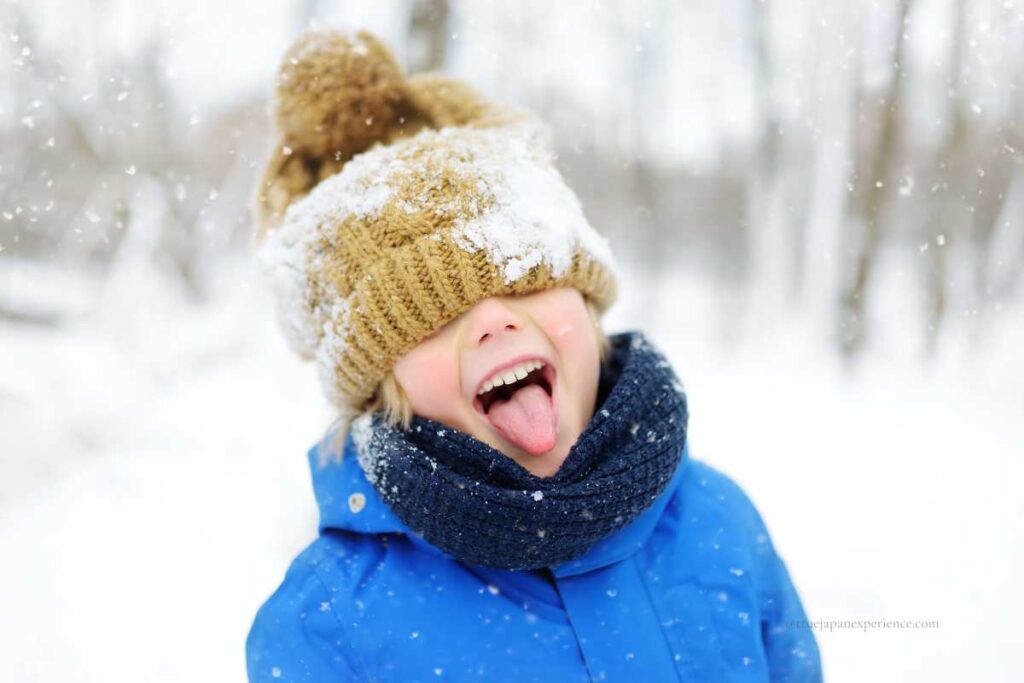
However, northern Japan is very different. Sapporo, a famous city in Hokkaido, often drops below freezing all winter. Here, the average winter temperature is about -3°C (27°F), and heavy snow falls from December to March. Mountains and rural towns in the north get even colder and have deep snow on the ground all winter.
Western Japan, including places like Hiroshima or Kyoto, stays between 2–8°C (36–46°F). There is not much snow in the cities, but coastal regions, especially on the Sea of Japan side, can see heavy snowstorms.
In the very south, Okinawa and the islands have a warm, tropical winter. The temperature here is often 15–20°C (59–68°F) and almost never drops below 10°C (50°F).
What to Wear: Clothing for Japan Winter
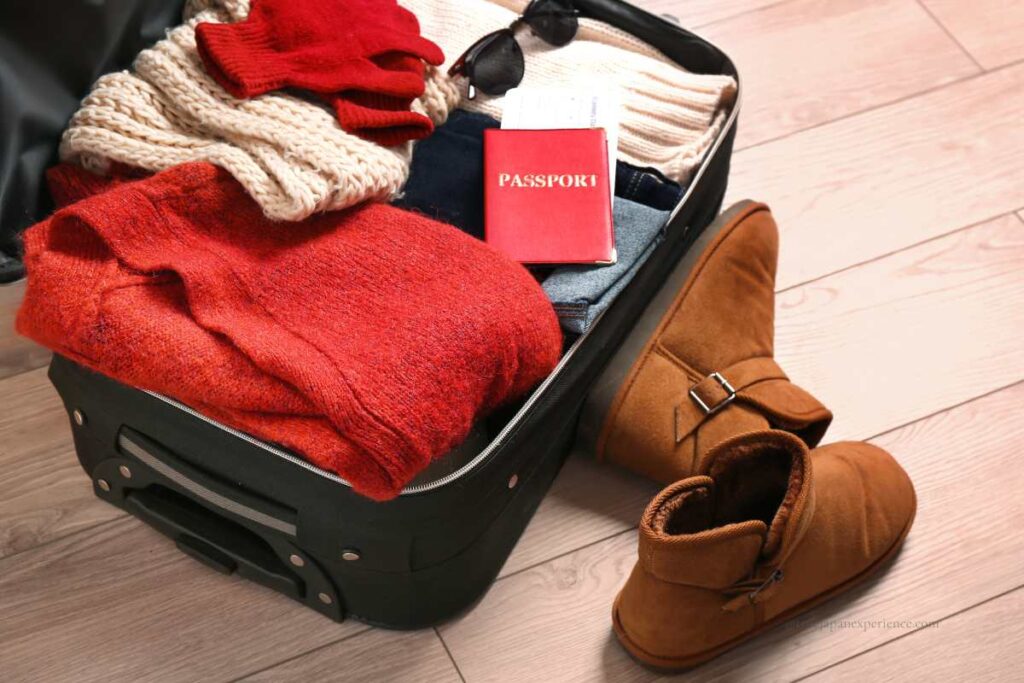
Japan winter weather means travelers should bring and wear warm clothes. Layering is very important, because indoor places like hotels, shops, and trains are well heated.
Here are the main clothing tips for all areas:
・Wear a warm coat or down jacket
・Wear a sweater or fleece under the coat
・Start with a heat-retaining inner layer
・Wear warm pants
・Use winter accessories
・Wear comfortable boots or sneakers
・Bring and use disposable heat packs
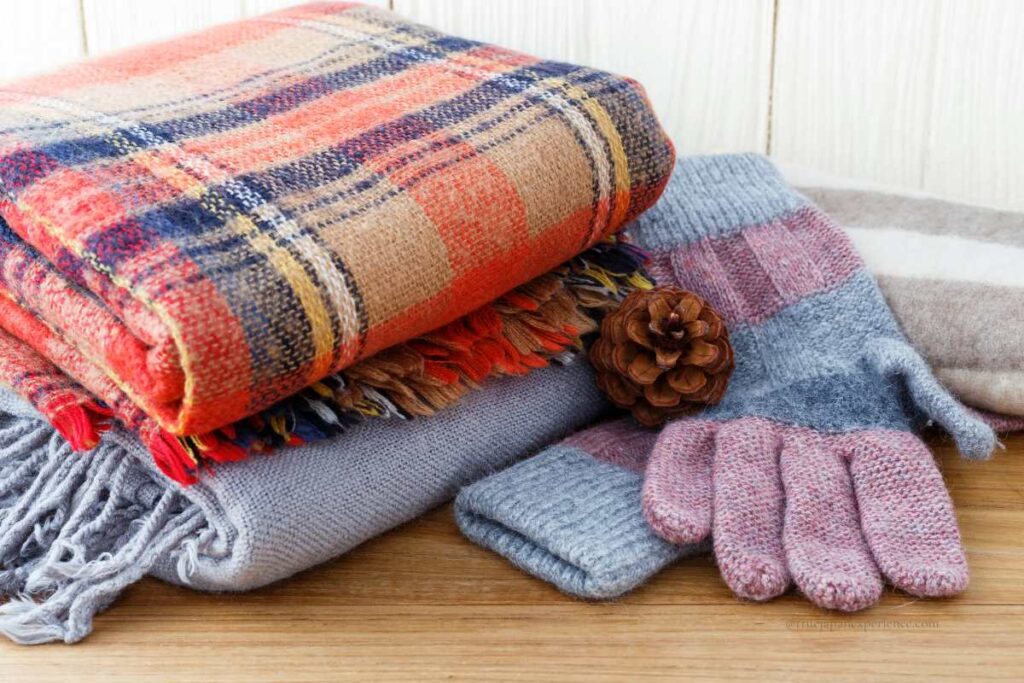
Down jackets are very popular in Japan and easy to buy in shops. If you plan to visit snowy places, choose a coat that is windproof and water-resistant. Sweaters and fleece tops give good warmth, and wool or synthetic fabric keeps the body insulated. Start with a heat-retaining inner layer like Uniqlo “Heattech,” long-sleeve shirts, or thermal underwear.
For the bottom, jeans are common, but in very cold areas, fleece-lined pants or leggings under jeans or skirts are better. Do not forget winter accessories such as gloves, scarf, knit hat, earmuffs, and warm socks. These items help protect against cold winds.
On your feet, choose comfortable boots or sneakers. In snowy or icy areas like Hokkaido or Tohoku, waterproof and non-slip boots are the safest choice. You can also use small disposable heat packs called “kairo.” Put them in your pockets or gloves to keep your fingers and toes warm. They are sold in many convenience stores and drugstores.
Clothing Tips by Region
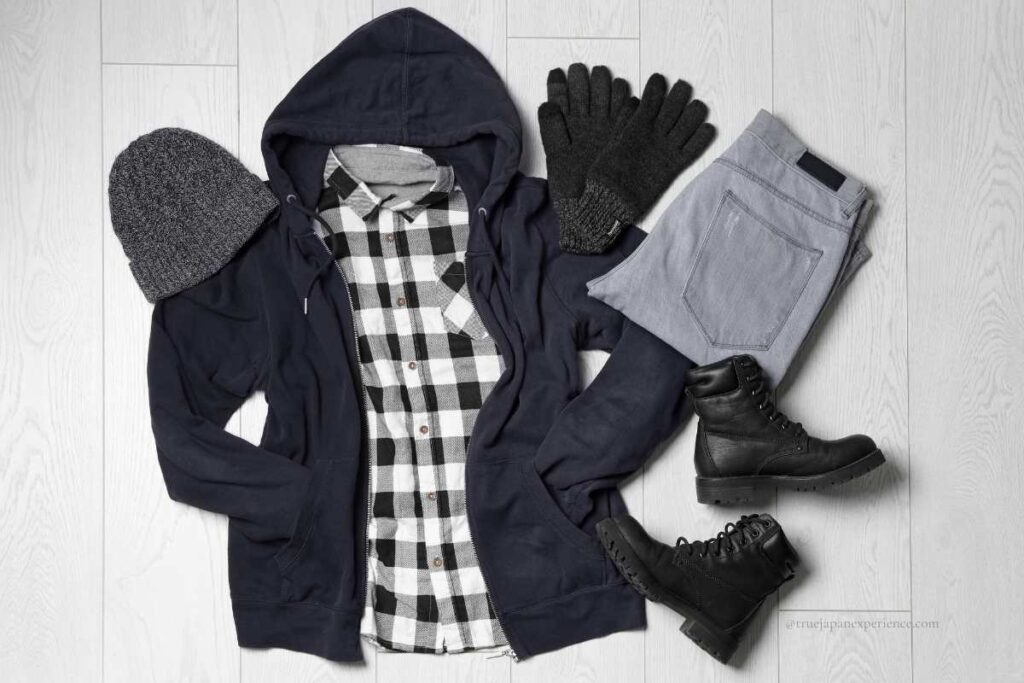
Winter in Japan feels very different depending on the region. In Tokyo or Osaka, the air is cold but not freezing, while Hokkaido often stays below zero. In southern cities like Fukuoka, winters are mild. Okinawa is warm even in January, almost like spring.
However, weather can change quickly in recent years. Some winters bring heavy snow even in areas that usually stay mild. That’s why checking the forecast before your trip is very important.
Here is a simple chart with average winter temperatures (1991–2020):
| Region (City) | Dec High / Low | Jan High / Low | Feb High / Low |
|---|---|---|---|
| Hokkaido (Sapporo) | 2.4°C / -4.0°C | -0.6°C / -7.0°C | 0.1°C / -6.6°C |
| Tokyo | 12.0°C / 4.0°C | 10.0°C / 2.0°C | 11.0°C / 2.0°C |
| Osaka | 12.0°C / 4.0°C | 9.0°C / 1.0°C | 10.0°C / 2.0°C |
| Kyoto | 11.0°C / 2.5°C | 8.0°C / 0.5°C | 9.5°C / 1.0°C |
| Fukuoka | 12.0°C / 5.0°C | 10.0°C / 3.0°C | 11.0°C / 4.0°C |
| Okinawa (Naha) | 21.0°C / 16.0°C | 19.0°C / 14.0°C | 19.0°C / 14.0°C |
These numbers show the “average” winter weather, but each year can be warmer or colder. Pack flexible layers so you can adjust.
What to Expect: Winter Experiences in Japan
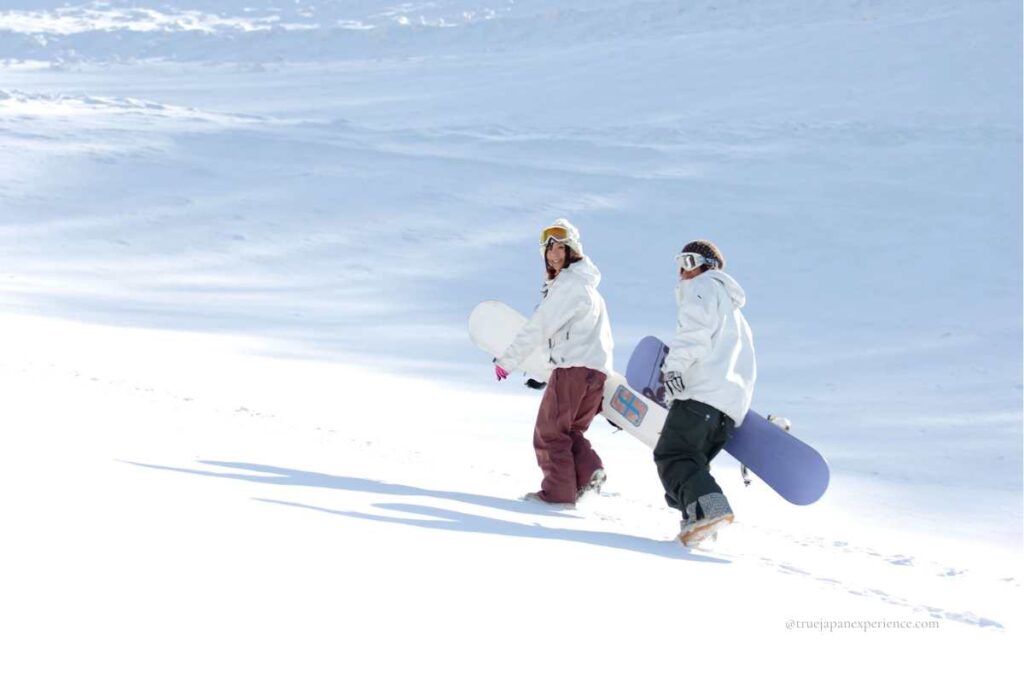
Japan winter weather gives people many seasonal joys.
In the north, it is common to see beautiful white scenery everywhere. Snow piles up on roofs, trees look magical, and children make snowmen and throw snowballs. In cities, parks may have light dustings of snow and frozen ponds.
December brings Christmas lights and winter illuminations. Tokyo, Osaka, and Kobe are famous for colorful light displays. Early January is the time for hatsumode, the New Year shrine visit, where people pray for health in the coming year.
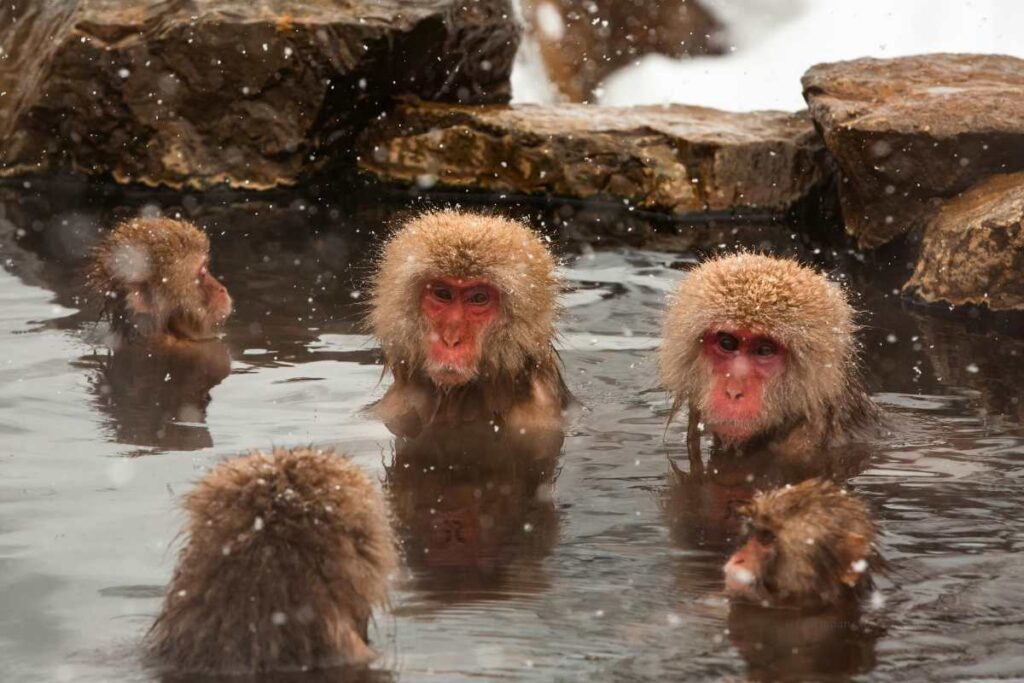
Winter is a great season for onsen, or hot spring baths. The cold air and warm water are a perfect match. Many famous onsens are outdoors, and some are surrounded by snow for a special atmosphere.
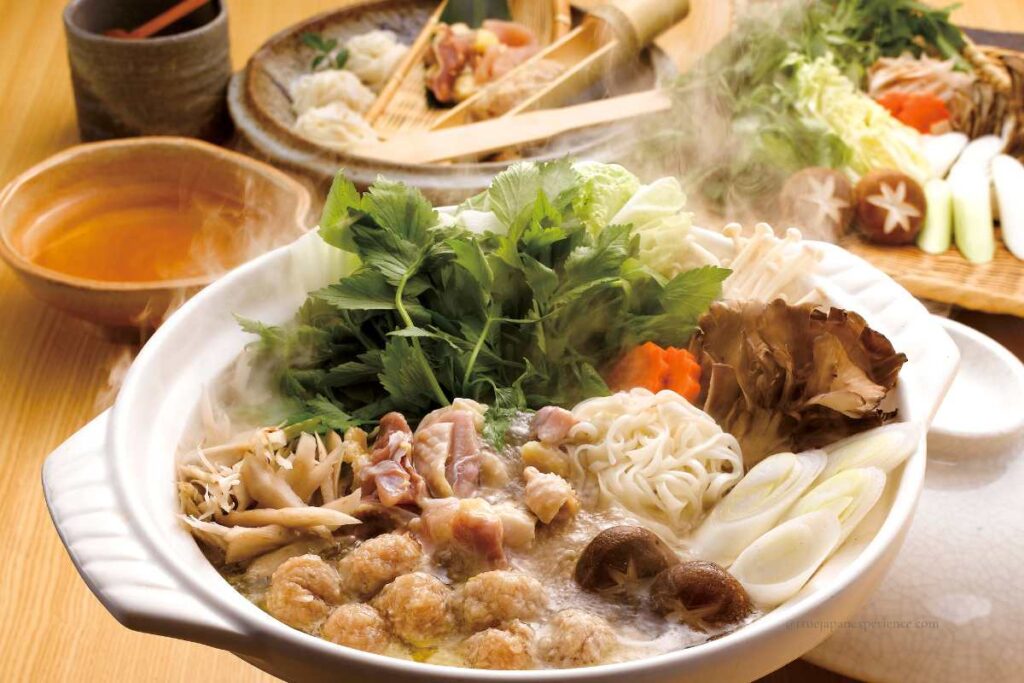
The season is also famous for special foods: hot pot dishes (nabe), grilled fish, winter vegetables, and sweet treats like mochi. Warm foods and drinks—like green tea, amazake (sweet rice drink), and hot sake—help people stay cozy.
What’s Open and Closed in Japan at New Year
Winter is also the season of New Year’s holidays.
In Japan, many small shops and family-run restaurants close from late December to early January. The most important days are December 31 and January 1. On these days, it is common to find many places closed.

Department stores (depato):
Most close on January 1. They usually open again on January 2 or 3 with “hatsu-uri” (New Year sales). Some outlet malls or large shopping centers may open on January 1.
Supermarkets:
Some close on January 1, but many now open from January 1 or 2. It depends on the chain and the area.
Drugstores:
Many stay open even on January 1, similar to convenience stores. But hours may be shorter than normal.
Because rules are different for each store, it is best to check the official website before you go.
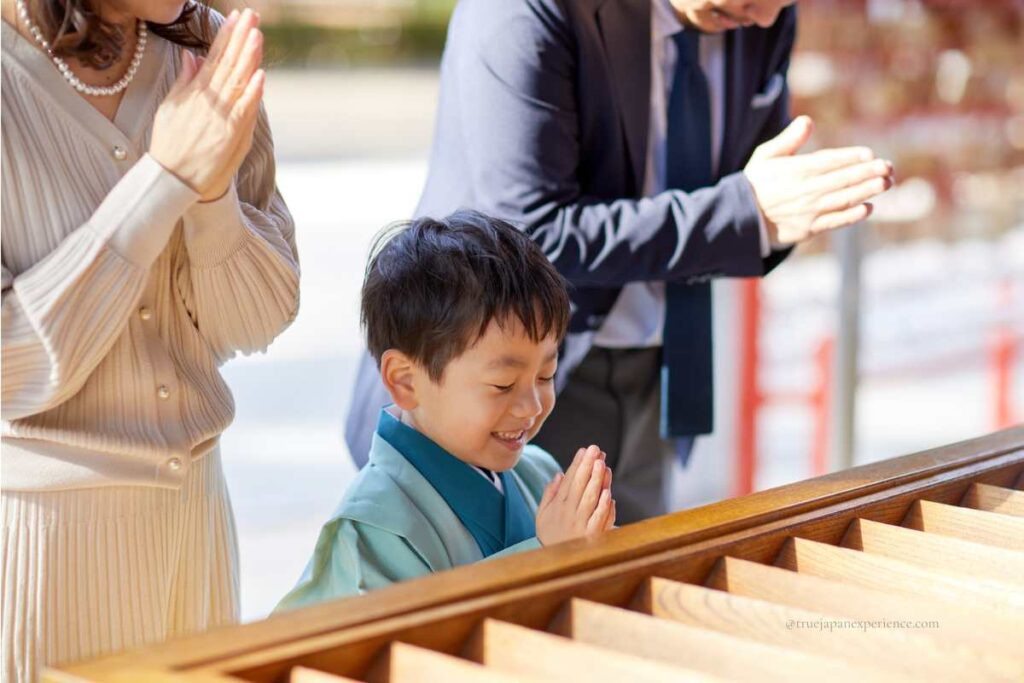
Temples and shrines:
These are open during New Year because of the custom of hatsumode (first shrine visit). But be careful—famous shrines can be very crowded. In the first three days of January, some shrines welcome hundreds of thousands of visitors. If you want a quiet visit, it is better to plan before or after the New Year holidays.
Final Thoughts on Japan Winter Weather
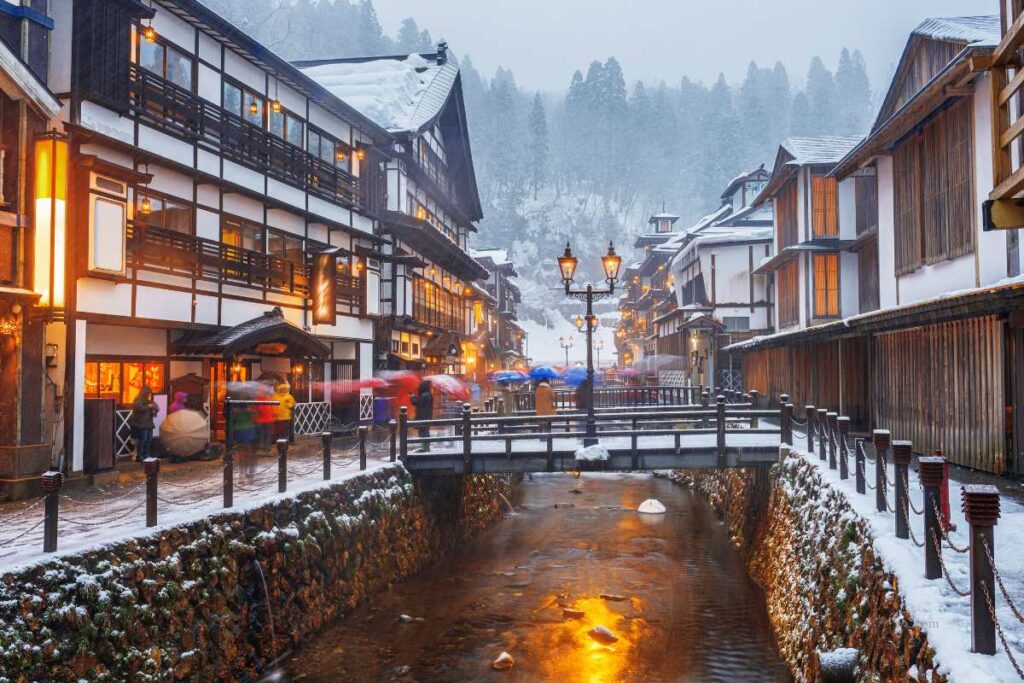
Japan’s winter is cold, but it offers many special experiences. From snowy landscapes in Hokkaido to mild days in Okinawa, the weather changes a lot depending on where you go. Packing layers and planning for both warm and cold days will make your trip more comfortable.
Also, remember that New Year is an important holiday in Japan. Some shops and restaurants close, while temples and shrines welcome huge crowds. By checking opening hours in advance, you can avoid stress and enjoy the season in your own way.
Winter in Japan is not only about cold weather—it is also about culture, food, and new experiences. With the right clothes and smart planning, you can make the most of your trip.
👉 Planning to visit in another season? Check our guide to Japan Autumn Weather: What to Expect and What to Wear for tips on fall travel.
